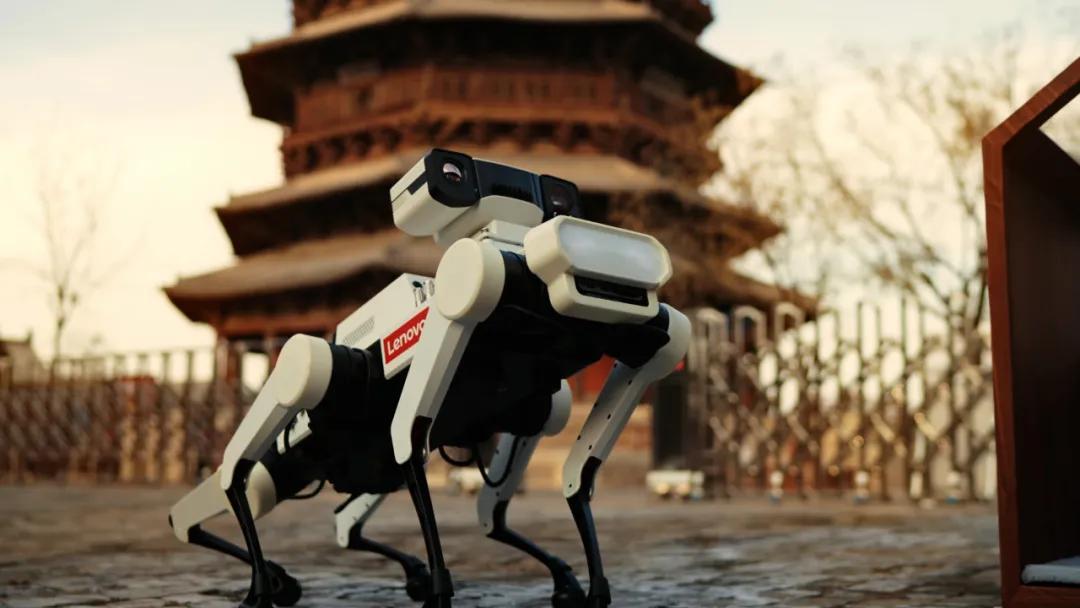Robot to Preserve World's Oldest Pagoda

The Yingxian Wooden Pagoda in north China's Shanxi province, built in 1056, is the oldest and tallest extant wooden multi-storied structure in the world and has been listed as a UNESCO World Heritage Site. Due to centuries of weathering, the 67.31-meter-high and nine-storey building has visibly tilted.
However, protecting the pagoda is an extremely complex and challenging task requiring precise scientific monitoring. Challenges such as lack of accuracy in traditional manual surveying, damage from people's physical contact and dim lighting inside the structure make preservation work more difficult.
To address the challenges, a six-legged robot dog has been developed to perform the task of intelligent 3D scanning and digital modeling, as part of the "AI Smart Yingxian Wooden Pagoda 2.0" project. This robot integrates advanced technologies such as deep learning algorithms, a multi-modal sensor system, and bionic motion control.
Equipped with an intelligent 3D vision system, the robot dog can achieve millimeter-level scanning of ancient architecture without physical contact. It has already completed high-precision 3D digital modeling of the douba zaojing (caisson ceiling) structure of the pagoda on the first floor.
The robot dog is also equipped with a dual-spectrum imaging system capable of real-time fire detection and automatic early warning when temperatures exceed set thresholds.
In addition, its stable six-legged design, combined with dual laser radars, is capable of 360° omnidirectional scanning.
Researchers can use the reconstructed 3D model for detailed analysis. By comparing historical and real-time data collected by the robot's scans, AI algorithms can automatically detect subtle changes such as wood deformation and paint peeling, providing quantitative evidence for future preservation.






